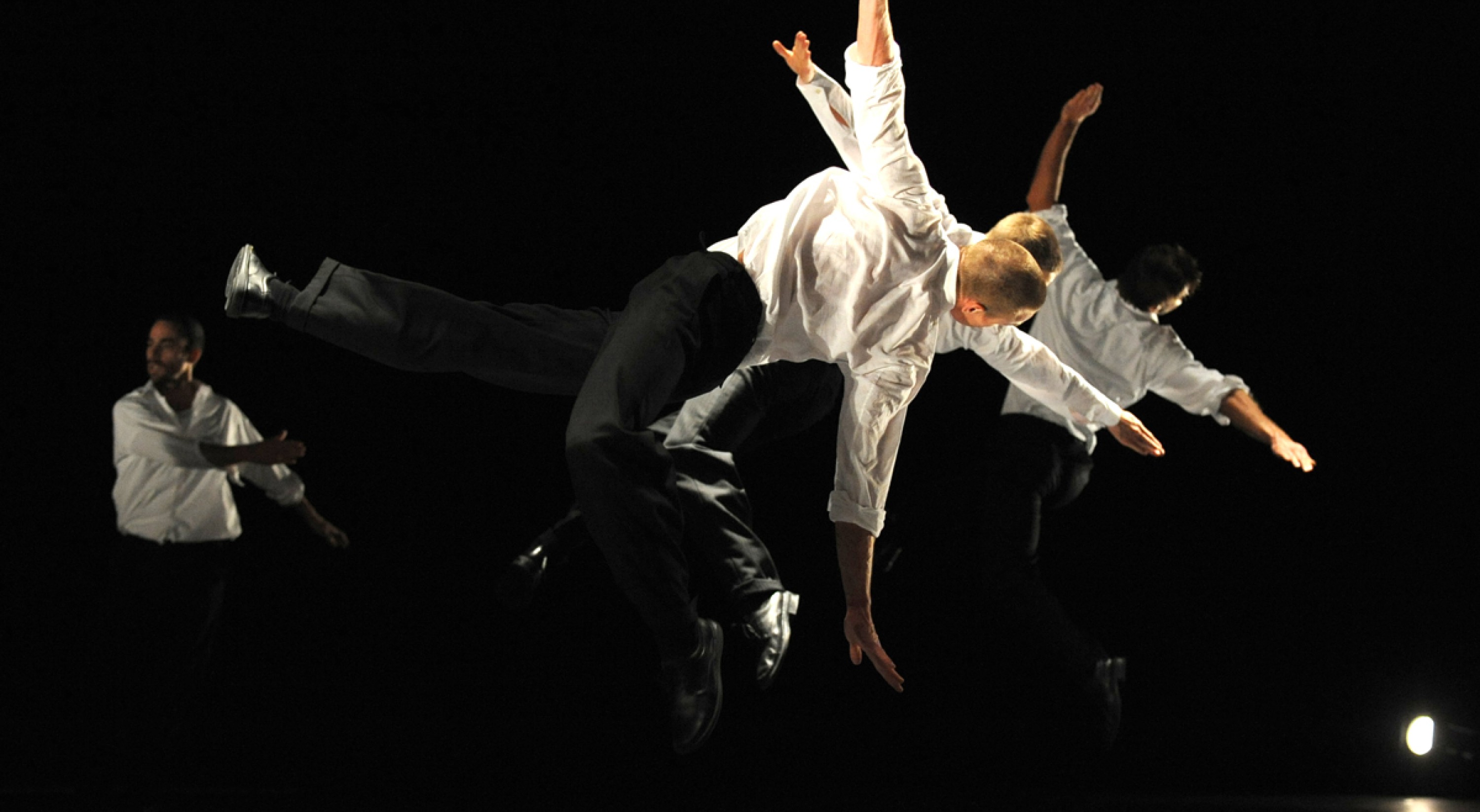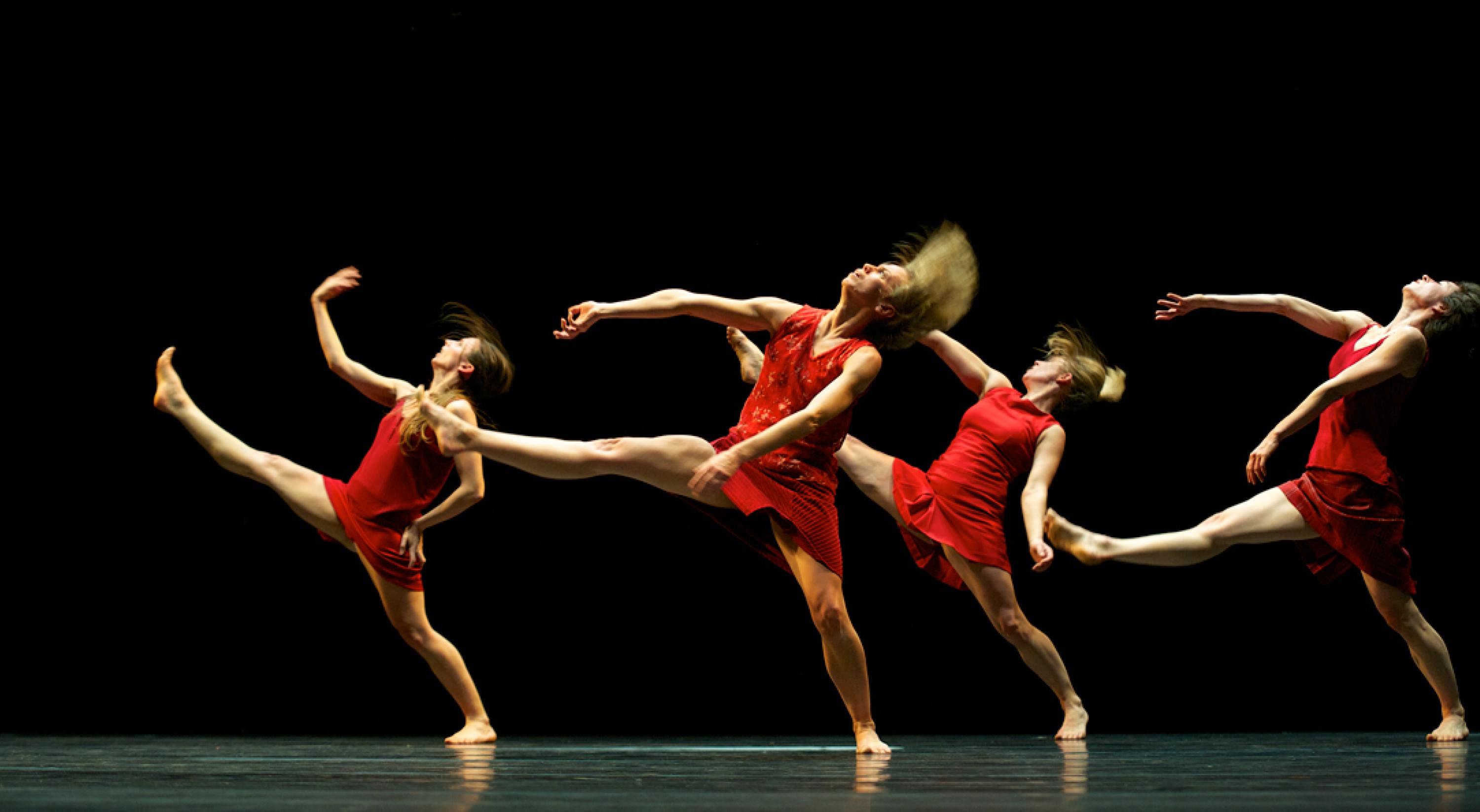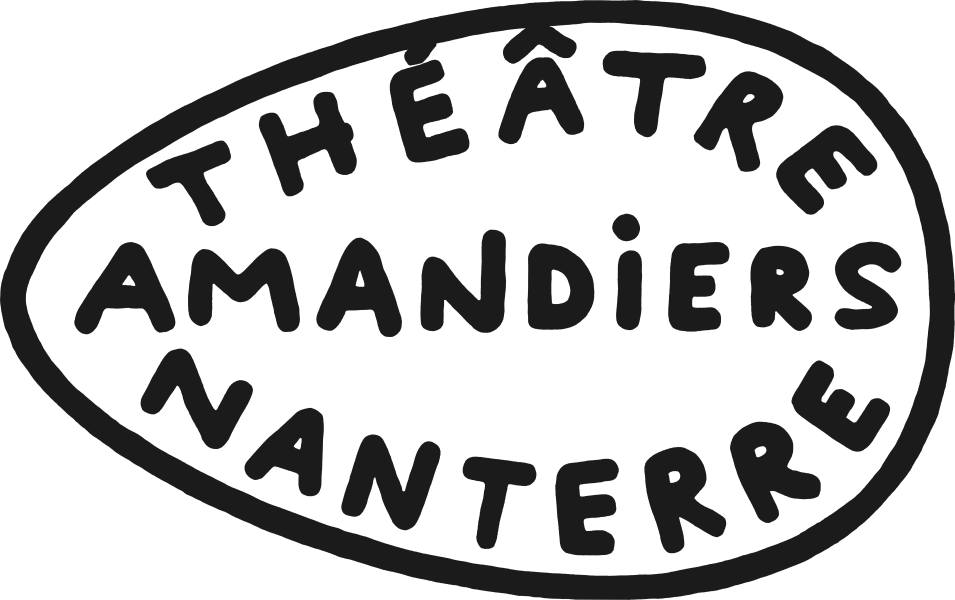Lucinda Childs Maguy Marin Anne Teresa De Keersmaeker
Trois Grandes Fugues
Ballet de l’Opéra de Lyon
novembernov 29 - december – dec 29
decemberdec 8 – 9
decemberdec 13
decemberdec 15 – 17
Grande Fugue : Choreography, Lucinda Childs
Assistant, Caitlin Scranton
Music, Beethoven, Die Grosse Fuge op.133
Stage, lighting and costume design, Dominique Drillot
Piece for 12 dancers
A Ballet de l’Opéra de Lyon creation, first performed on 17th November 2016
Die Grosse Fuge : Choreography, Anne Teresa De Keersmaeker
Music, Beethoven, Die Grosse Fuge op.133
Directed by Jean-Luc Ducourt
Stage and lighting design, Jan Joris Lamers
Costume design, Rosas
Master costumer for Rosas, Heide Vanderieck
Musical Analysis, Georges-Elie Octors
Direction for rehearsals, Jakub Truszkowski, Mark Lorimer, Clinton Stringer
Technical advisor, Simo Reynders
A piece for 8 dancers
Created by compagnie Rosas in 1992 at the Halles de Schaerbeek – The work entered the Ballet de l’Opéra de Lyon repertory on 12th February 2006
Grosse Fugue : Choreography, Maguy Marin
Music, Beethoven, Die Grosse Fuge op.133
Costume design, Chantal Cloupet
Lighting design, François Renard
Piece for 4 dancers
Created by Compagnie Maguy Marin, and first performed on 17th March 2001 at Espace Jean Poperen de Meyzieu – The work entered the Ballet de l’Opéra de Lyon repertory on 12th February 2006
In association with Maison des Arts Créteil ; Théâtre de la Ville-Paris ; Festival d’Automne à Paris for performances at Maison des Arts Créteil
In association with Nanterre-Amandiers, centre dramatique national ; Festival d’Automne à Paris for performances at Nanterre-Amandiers, centre dramatique national
With support from Adami
In partnership with France Inter
Here the Ballet de l’Opéra de Lyon will be giving audiences the opportunity to discover the resonances between three works from its repertory - all three of which are set to Grande Fugue op. 133 by Beethoven, and carry the signature of three of today’s foremost choreographers: Anne Teresa de Keersmaeker, Maguy Marin and Lucinda Childs. How does each of them set about tackling this whirlwind of string sounds, in which Beethoven pushes the art of the counterpoint to its maximum point of intensity? Using the same score, the same notes, audiences will be treated to a vast array of physical constructions, and relationships between moving bodies, either in unison or at odds with the unfurling rhythms and melody. These intimate differences make each version unique to the three choreographers. Anne Teresa De Keersmaeker was the first, in 1992, to delve into this monumental work of instrumental music. Against the backdrop of Beethoven’s music, the version she conjures up is an austere one, tinged with her wish “to write a masculine, non-classical, and sexual vocabulary”, characterized by the motif of the fall or drop. Maguy Marin’s relationship to this “grand music” carries with it the imprint of liberty and fantasy. In keeping with her keen eye for the off-beat, her version confronts the Grand Fugue’s dark tonalities with a quartet of women dressed in red. In a bubbling, effervescent staging the dancers beat out the rhythm, leap, collapse, recover and contort their bodies. In a sort of inverse chronology, Lucinda Childs will be bringing proceedings to a close with this final Grande Fugue for twelve dancers divided into six couples, specially created for the Ballet de l’Opéra de Lyon. A pioneer in the relationship between dance and music - the minimalist rigour of which had a marked influence on the early works of Anne Teresa de Keersmaeker set to the music of Steve Reich - Lucinda Childs demonstrates to what extent, almost thirty six years after Dance, she has lost none of her strength of invention.
In the same place


